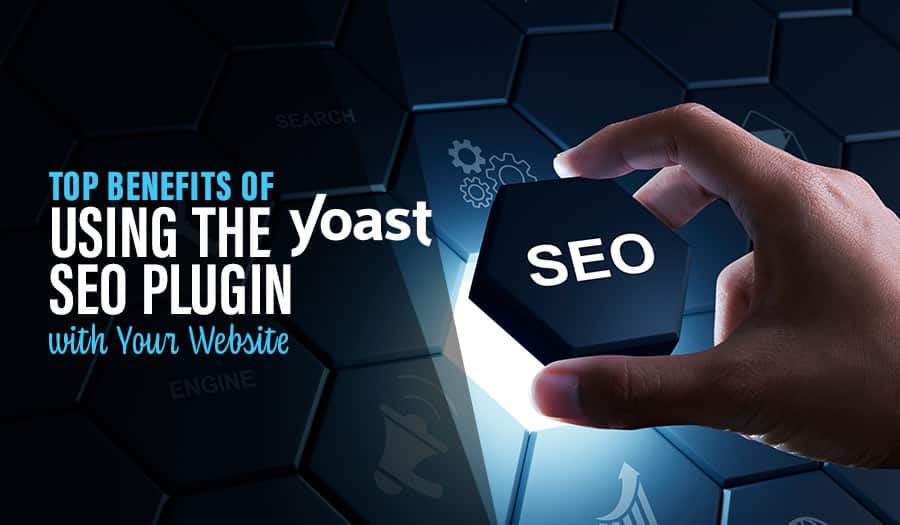When you build a house, where do you start? The first place is the blueprint. Let’s explore How to Plan a Website for success.
This is where you plan out the exact layout of your home, and the document will form the basic guidelines for all work that follows. Next, you build the foundation, which is based on the blueprint and will support the entirety of your home.
A house requires careful planning in these two stages to ensure it will be your home for decades to come. Without it, none of the following processes will work properly. And as it turns out, your website is no different from that.
How to Plan a Website for success
Planning your website is a crucial step in making sure that it achieves your desired goal and brings a positive return on your investment. In 2016, websites should no longer be vanity pieces that exist simply to make your business look pretty on the internet. They should achieve specific marketing and sales goals, which is why properly planning your website is so important. Generally speaking, this planning process includes four crucial steps:
1. Layout and Structure
Much like a home’s blue print, the first thing your website needs before construction begins is an overview of just what it will look like. What all do you need your website to do, how many pages do you need to accomplish that goal, and how should it be laid out for maximum success? Is a ‘flat’ hierarchy, with relatively few layers but many pages on each layer, more beneficial for your needs than its counterparts with deep navigation?
Answering these questions is crucial to helping your website successfully go through its development process. This is also the point at which you can determine the true scope of the project, which helps you get a better idea of its cost and timeline.
2. Look and Feel
A successful website is consistent both within itself and with your brand image. You probably want your audience to feel very specific emotions when looking at your products, and your choice of colours for the website can have a major impact on that. Similarly, this is the step at which you determine the types of visual content that work best to support your purpose and fit within the layout you established in step 1.
3. Populating the Content
Once you’ve determined the general themes within your website, it’s time to begin planning the specific content that works best for your theme and goal. What are the key messages you want to convey about your business, and what types of the content best help you convey these messages? What exactly would motivate a potential customer to browse your website for more information?
Planning out the content early in your development rather than waiting until the layout is complete helps you develop a site that is both coherent and achieves the maximum possible satisfaction rate for your visitors.
4. Technical Specifications
When getting a new website for your business, it’s easy to make a capital mistake: getting the design and framework done, without worrying about more technical aspects like your domain host or Google Analytics tags. Instead, you should incorporate all of these aspects into your planning process, ensuring that when the website is complete, you will be ready to show it to the world, analyse its success, and integrate it into your digital marketing strategy.
Given that you cover the entirety of variables within the development process, planning your website is a crucial step in ensuring that this massive project will be successful. That’s why each time we engage with a potential client, we make sure to begin the process by hosting a Website Planning Meeting to cover the above and additional aspects of the design process.
The meeting ensures that once we begin to work for you, everything is on track to help your website – and business – succeed for years to come. To learn more about our meeting, or to begin your own process of getting a new website, contact us.
Pixel Fish are the website design experts and we know how to plan a website to help boost your business!
Take your business to the next level with a Pixel Fish Website.
Check out some of our latest Website Design projects.
Further Information
Pixel Fish Hosting, Support & Maintenance
Is your WordPress Hacked? Here are 5 Potential Reasons
Top 3 Ways Website Design Impacts SEO For Your Business
4 Reasons Why You Should Reveal Your Website Budget
Mobile Responsive Website Vs Mobile App: Which is better for business?
20 Ways To Promote Your Business Website For More Traffic
Top 6 Items You Should Include on Your Website Homepage



